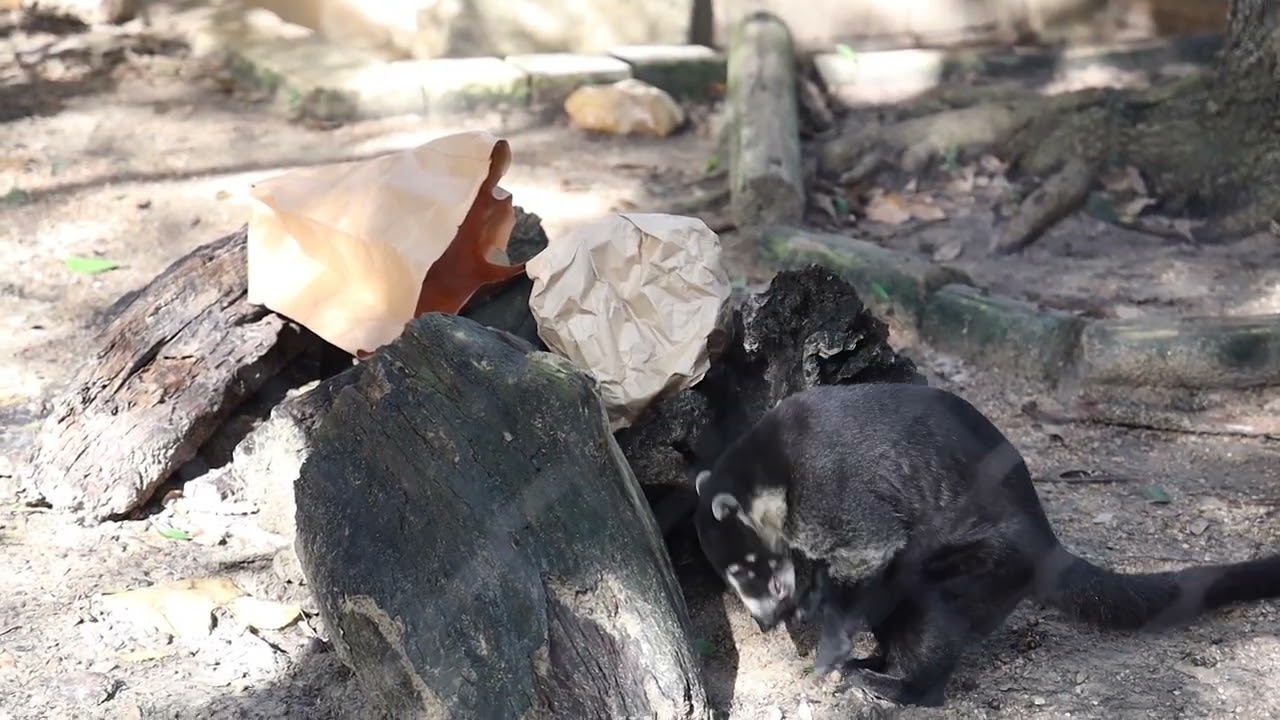*****
Coatis – The Highly Intelligent Mammal Species
Coatis are furry mammals that belong to the raccoon family Procyonidae and share some similarities with their raccoon cousins. They are diurnal mammals native to South America, Central America, Mexico, and the southwestern United States. The name “coatimundi” comes from the Tupian languages indigenous to South America.
Physical Characteristics
Coatis have a striped tail and bandit-mask face markings, making them easily recognizable members of the Procyonidae family. They are about the size of a large house cat and have strong claws and long, highly mobile snouts, which they use for digging up food in the ground.
Diet
Coatis are omnivores, meaning they eat both plants and animals. They mainly feed on fruits, insects, small reptiles, birds, eggs, and mammals. They also scavenge for food, such as carrion or garbage from humans.
Habitat
Coatis live in rainforests, cloud forests, grasslands, or deserts from South America to Mexico. They usually live in groups of up to 30 individuals but can sometimes form larger groups when food is plentiful. They spend most of their time in trees but will come down to the ground when searching for food or water.
Behavior
Coatis are very social animals who communicate with each other through vocalizations such as chirps, whistles, and screams. They are also very curious creatures who like to explore their surroundings and investigate new objects they find along the way. Coatis can be quite aggressive when threatened, so it is best to keep your distance if you encounter one in its natural habitat!
Threats
The main threats facing coatis today are habitat loss due to deforestation and human hunting for fur or meat. Climate change also impacts their habitats as it causes droughts which reduce the availability of food sources for these animals. Conservation efforts such as protected areas or sustainable forestry practices can help ensure that coats remain safe in their natural habitats for generations to come!
Sources:
- https://en.wikipedia.org/wiki/Coati
- https://kids.nationalgeographic.com/animals/mammals/facts/coati
- https://www.nationalgeographic.com/animals/mammals/facts/coatis
*****
Source Description


